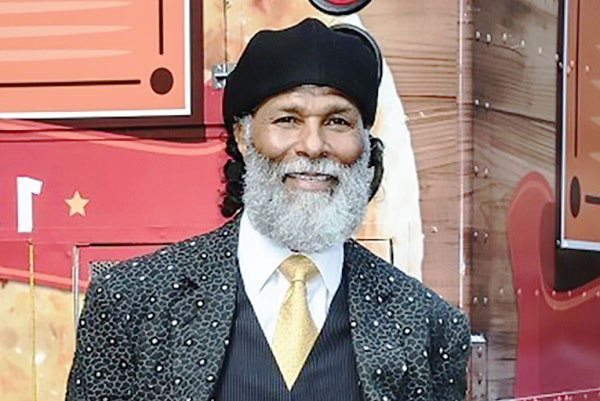Pitch is the angle of each blade on the propeller. Simply put, the pitch of a propeller is how far forward the propeller moves in one revolution in a perfect world. (without resistance or loss, etc.).
The Pitch of a Propeller can be thought of as a Gear Device on a Car or Bicycle
The high pitch usually results in greater overall thrust and speed at the top end, but less torque at the bottom end. It’s like driving in fifth gear. The response of high pitch propeller to input is very slow, and more power is used, which is effective only when the multi-rotors move rapidly.
Low pitch results in less total thrust and higher-end speed, but lower-end torque. It’s like driving in first or second gear. Low-pitch propeller has a fast response to input and less power consumption, but it is only effective at low speed. Due to the increase of low-end torque, low pitch propeller is easier to change the fast direction and is more sensitive.
Choosing the right FPV propeller for your application boils down to choosing something that will work with your multi-rotor system and the type of flight you want to do. If you choose a big and powerful car and plan to fly rapidly in open areas, then a high-pitch propeller will be appropriate. If you have a smaller car or are planning to use a multirotor with more limited space to make a lot of direction changes, a low-pitch propeller will be appropriate because it will be more responsive and low-end torque will help it change direction quickly.
Based on the most common 5-inch propeller, the spacing between 4 and 4.5 inches will fit most applications and is a good mix of responsiveness/torque and maximum speed/thrust.
Configuration of Propeller Blades for FPV Drone
Blade configuration refers to the number of individual blades on the propeller. The most effective propeller is actually a single blade, but because of its imbalance, it is not suitable for most flying aircraft.
In the case of limited space, increasing the number of blades on the propeller is a suitable alternative to increasing the propeller size, and has very similar characteristics. That’s why small fighters in World War II used three and four propellers. They needed more thrust and power, but they couldn’t install bigger propellers because they would hit the ground, so they added more propellers.
Multirotor initially mainly used two-blade propellers, which are similar to aircraft. They are more efficient because they have only two blades and produce resistance in the air. However, with the increasing power of the engine, higher performance requirements, and smaller frames, there is not enough space to increase the size of the propeller to obtain the required thrust and power.

Due to the complex physics and fluid dynamics, increasing the number of blades is not as effective as increasing the size. As a result, a propeller with twice the number of blades does not perform as well as a propeller with twice the size, but it does provide more thrust at the cost of slightly more power.
As discussed in the dimensions section, increasing the number of blades will increase thrust and grip in the air at the expense of responsiveness and increased power consumption. If you’re going to fly somewhere where you’re going to make a lot of fast flowing turns and need a lot of grip at the corners, then more blades will be appropriate. Just like increasing the size of the propeller, more blades will have a more floating feeling, feel it will slip off the throttle.
Where faster motor response and thrust are not critical, fewer blades are desirable. Serious racers with a new ultra-light racing frame will often use double-blade propellers because the frame is so light that the amount of thrust required is very small, so a lighter response is faster, and fewer “drag” props can be achieved.
In the most common 5-inch category, it is generally believed that the three-blade (3-Blade) FPV propeller provides the best balance of efficiency, thrust, and grip.
One aspect of props configuration that is often ignored is durability. If you start in FPV, you’ll crash a lot! It’s also very likely that you won’t use all the power of your multi-rotor. So when all the pilots motivate you to run the TRI BLADE, it can be a very good move to learn the bib lade props. Just like the road nails in the past, it is impossible for a three-blade propeller to touch the ground without touching two blades before the hub/motor touches the ground. This means that in most collisions, you are likely to bend or break the blade. The design of the double blade is simple and can rotate in a collision, so it is less likely to bend or break. It depends on how long it takes you to master flying, which can save you a lot of money as you study.




